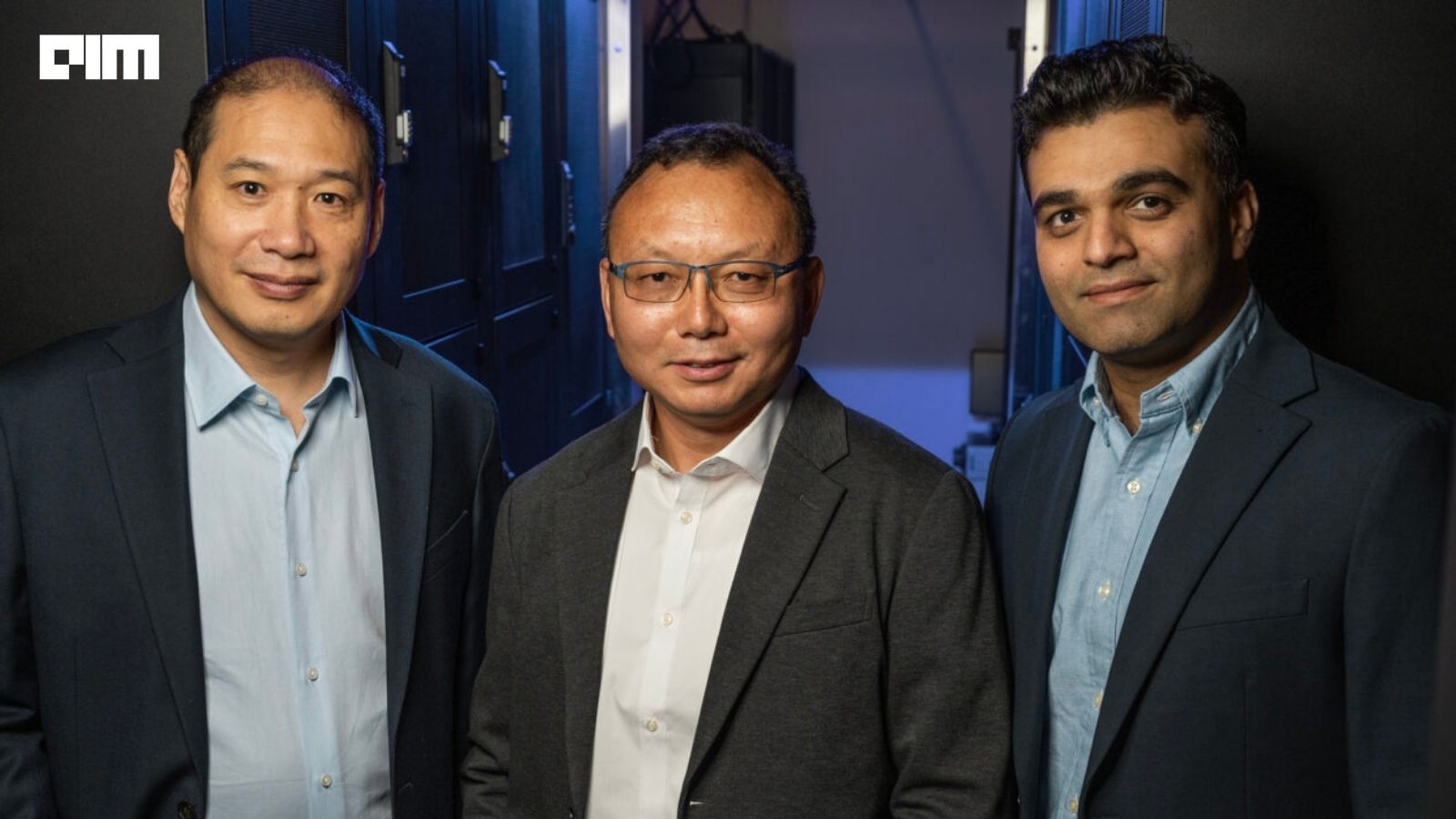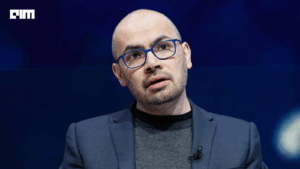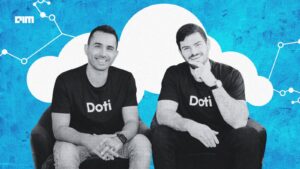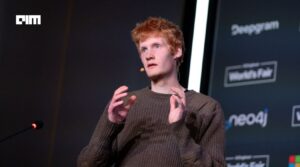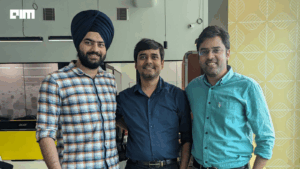The semiconductor industry’s biggest problem right now isn’t compute capacity. It’s not bandwidth. It’s power. AI data centers are consuming energy at levels that rival mid-size cities, and that consumption is only accelerating.
GPUs and accelerators now push past 2 kilowatts per chip, straining infrastructure to its limits. Without a shift in how chips are powered, data center energy consumption could triple by 2028, consuming up to 12% of U.S. electricity.
PowerLattice emerged from stealth on Monday with a remarkably simple but profound idea. Move the power supply from inches away from the processor to just hundreds of micrometers away. The result, according to the company, is more than 50% reduction in compute power needs while effectively doubling performance.
And it just closed a $25 million Series A funding round led by Playground Global and Celesta Capital, bringing total funding to $31 million. The headline, though, isn’t the funding. It’s who’s backing it.
Pat Gelsinger isn’t just any semiconductor executive. As the former CEO of Intel, Gelsinger spent decades in the trenches of chip design and manufacturing. He knows better than almost anyone how hard power delivery problems actually are. Which is why his participation in PowerLattice’s funding round carries enormous weight in the semiconductor ecosystem.
“This is the hard stuff: How do you get power into the device? There are very few teams and people that can do it. We have assembled what I’d argue is the dream team of power delivery” said Pat Gelsinger, General Partner, Playground Global.
That assessment is particularly significant because Gelsinger has watched two decades of attempts at novel power delivery approaches fall short. He’s seen where the graveyard of failed solutions lies. And yet, he came away from meeting PowerLattice’s founding team genuinely impressed, so impressed, in fact, that he took a board seat.
The mutual admiration was real. When PowerLattice CEO Dr. Peng Zou pitched at Playground’s offices in March, he and his team asked Gelsinger for a selfie. For engineers meeting one of the most respected figures in semiconductor history, it was a starstruck moment. But Gelsinger came away seeing something in PowerLattice that transcended the fanboy moment.
The Technology
PowerLattice’s core innovation brings power closer to where it’s needed. Instead of forcing electrical current to travel long, resistive paths across circuit boards before reaching the processor, the company built a miniaturized chiplet that sits right at the edge of the processor package, delivering power precisely where and when compute happens.
The technical execution is anything but simple. PowerLattice’s chiplet integrates miniaturized on-die magnetic inductors, advanced voltage control circuitry, a vertical design, and a programmable software layer. It’s the kind of work that requires engineers who deeply understand integrated magnetics, analog IC design, power management, and system engineering.
Dr. Peng Zou, Gang Ren, and Sujith Dermal collectively bring decades of experience from Qualcomm, NUVIA, and Intel. These aren’t junior engineers guessing at power delivery. These are the people who’ve been solving semiconductor problems for 20+ years.
What separates PowerLattice from a thousand other startups pitching world-changing ideas is that they already have silicon in hand. And TSMC is already manufacturing their first production batch.
Two years into development, the company has achieved a critical milestone. Its first batch of chiplets is rolling off TSMC’s production lines in partnership with an unnamed manufacturer that’s actively testing the technology. That’s not a prototype or a theoretical simulation. That’s real chips, in real production, being tested by real customers.
PowerLattice plans to expand customer trials in the first half of 2026, with potential customers including major chip manufacturers like Nvidia, Broadcom, and AMD, as well as specialized AI accelerator developers like Cerberus and Grok.
The fact that the company can name-drop these prospects suggests conversations are already happening at the highest levels of the semiconductor industry.
Why Does It Matter?
Here’s where the economics become compelling. AI accelerators pushing 2 kilowatts per chip, data center energy consumption comparable to mid-size cities, data center power budgets becoming the limiting factor for AI deployment. This isn’t a niche problem. This is the central constraint on how fast the AI industry can scale.
If PowerLattice’s 50% reduction in compute power needs is real, and Gelsinger’s participation suggests serious engineers believe it is, then the market size is enormous. Every data center operator, every chip manufacturer, every cloud provider faces the exact same problem. Power.
Gelsinger expects this capital injection is only the beginning. “The idea is bold, the benefits are large, and I expect others will be saying, ‘That’s a great idea. Let me try as well,'” he said, hinting at larger funding rounds ahead.
PowerLattice represents a bet that infrastructure-level innovation is still where the real value lies in semiconductors. In an industry obsessed with AI hype and model scaling, a startup focused on boring, critical problems like power delivery is quietly building the foundation everything else depends on.
When data centers can’t power the next generation of chips, all the AI breakthroughs in the world don’t matter. PowerLattice is betting that solving that problem first means winning the race to the next era of computing. And if Pat Gelsinger believes that bet is worth his board seat and his reputation, it’s probably worth paying attention.

